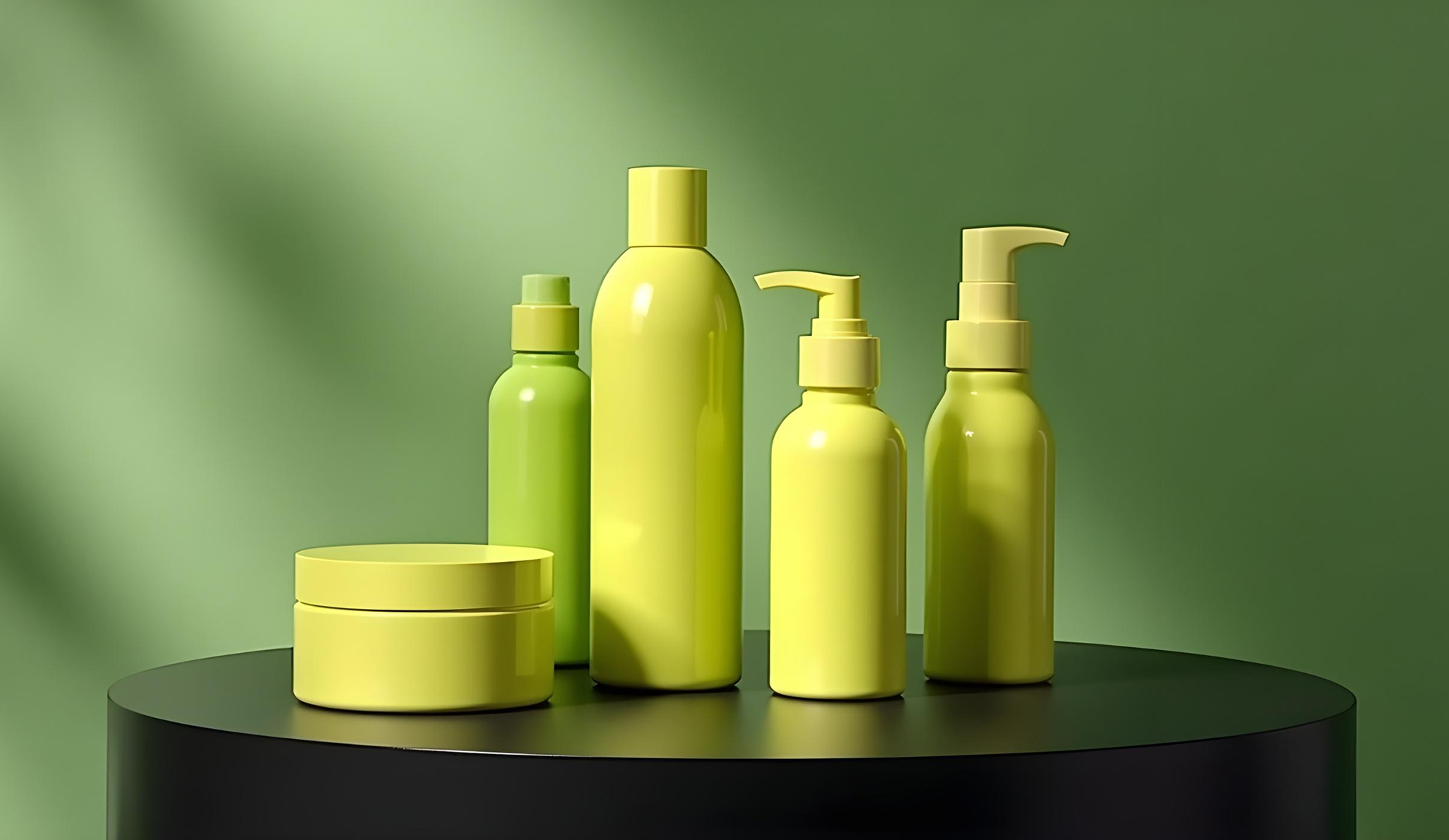Simple advertisements do not attract interest or devotion anymore. Today, customers do not want to hear only a sales pitch. They want to see, to feel what a product can do. In this blog, you’ll discover how animated marketing videos for business can build stronger loyalty, boost sales, and create shopping experiences people won’t forget.
The e-commerce market is a booming business, and selling online is not as easy as it was before. Customers are not able to feel or test the products before purchase, and plain text or images do not necessarily reflect the true worth. That’s where animated product videos change the game. Animation enhances the attractiveness of a product because it simplifies it, makes it more arresting, more practical, and more memorable, be it a tangible product, a brand, or a computer interface.
Besides, customers now desire a lifelike experience, and in the near future, they will be able to use AR to try on clothes or VR to look at furniture in their residential areas before purchasing it. That future starts with product animation. With that said, let’s dive into animated marketing videos for business that make your product stand out and, at the same time, take your marketing strategy to the next level.
1. Animation Turns Complex Ideas into Visual Stories

TLDR: Animation enables users to understand the complex features of products in a few seconds. It saves time, creates clarity, and makes your product more attractive to the fast-scrolling shoppers of today.
Explanation
How you display a product has the most impact when buyers are unable to touch or test the product. Product animation comes in at that point. Rather than enumerating features, functions, or abstract benefits, animation makes your product come alive- transforms those specifics into images that people can immediately grasp and recollect.
Think about this: CGI (computer-generated imagery) is capable of displaying things that photography cannot, such as the interior of a device, the movement of fabric, or how a given piece of furniture appears in various environments. Motion graphics go a step further and break down complicated concepts into simple, easy-to-digest videos that linger in the minds of your audience.
Research indicates that viewers retain 95 percent of a message that is presented in video, and only 10 percent when it is in writing. In other words, animation for marketing isn’t a decoration but a powerful way to make your product memorable.
Real-World Example—Chipotle’s Back to the Start
Chipotle did not deliver a lecture on sustainable farming, but instead a story about farming to the table that he told animatedly. It took only two minutes before the viewers were aware of the values of the brand and were emotionally attached. It seemed more natural and reliable, which increased the popularity of Chipotle because of that clarity.
2. AR, VR, and AI Will Make Product Animation Even More Exciting
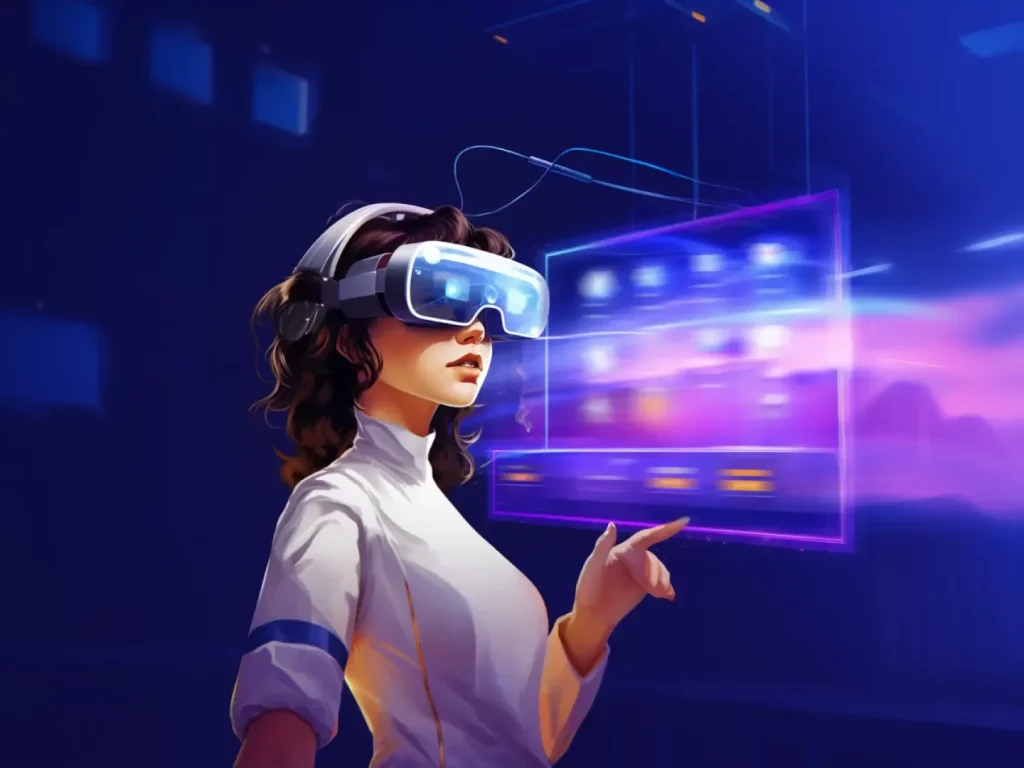
TLDR: The new technologies, such as AR, VR, and AI, transform dull shopping into an experience. These inventions make your animated marketing videos for business feel cutting-edge and irresistible.
Explanation
AR and VR technologies not only bring product animation to a higher level than mere motion graphics, but also make it a brand experience. Companies are no longer simply exhibiting the products but are also allowing the customers to enter their premises, put them on, and interact with them in real-life situations.
An example is as follows: you are shopping for sneakers online and can immediately see how they can fit your feet with AR on your phone camera. Or you’re shopping for a sofa and can place it in a virtual version of your living room, pacing around it like it is real. These aren’t gimmicks. They diminish doubts and create confidence in buyers. Indeed, according to industry reports, the products that contain AR or VR previews can increase conversion rates by 20%.
AI takes things even further. It can tailor animations dynamically- changing graphics to suit your preferences, history or even culture. A sleek and minimalist product demonstration may be shown to one customer, whereas another one will receive a more colorful and fun product demonstration, which will feel custom-made. Top that, AI can accelerate production and reduce costs by producing an infinite number of animation variations at scale.
Real-World Example—McDonald’s Grimace Shake
In the Nordics, McDonald’s had a playful AR campaign with the well-known Grimace Shake. They applied Snapchat filters of giant Grimace sunglasses and playful purple shake effects that could be included in their videos- ideal for TikTok trends. People passed the ad like a meme by tapping into humor over the internet and making it interactive. This made the Grimace Shake enjoyable, tasty, and worth having, which enhanced its popularity.
3. CGI Animation Lets Customers Interact with Products Virtually
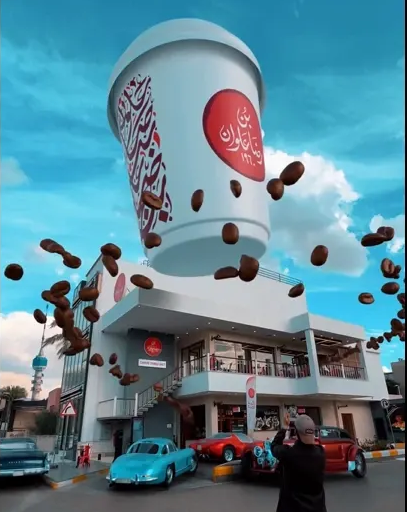
TLDR: Through CGI, customers will be able to rotate, zoom, and explore your product online as though it is in their hands. This way, your animated product videos build trust and make buying decisions easier.
Explanation
Shopping online is not that simple, and the most significant problem is that the customer cannot touch, feel, or test the product. None of the textures to feel with fingers, no buttons to press, no little details to examine. That is where CGI (computer-generated imagery) animation enters. It fills the gap that makes products real and interactive in the virtual world. Under CGI, customers can turn and zoom, and see products from all angles, as though they are in their hands.
The picture is of a jewelry shopper zooming in to view the flash of each stone. A buying sofa that turns the item to examine its stitching, the feel of the fabric, and proportions. Or an automobile fanatic who reads about wheels and headlights and interiors in realistic detail. Such a digital experience is not only impressive, it is also confidence-building by eliminating doubt.
And the results are big. It has been found that interactive 3D/CGI images have the potential to raise the interaction time by as much as 30%. The more time the shopper spends browsing your product, the more attached he or she feels to it- and emotional attachment is what makes people buy.
Real-World Example—Nike’s The Last Game
Nike adopted an animated short that featured high-energy to demonstrate product features using athletes. It was not only fun to see–it emphasized performance, speed, and design in a manner that people could almost feel. The animation made Nike gear to look more exciting and more worth possessing.
4. Product Animation Enhances Marketing Performance
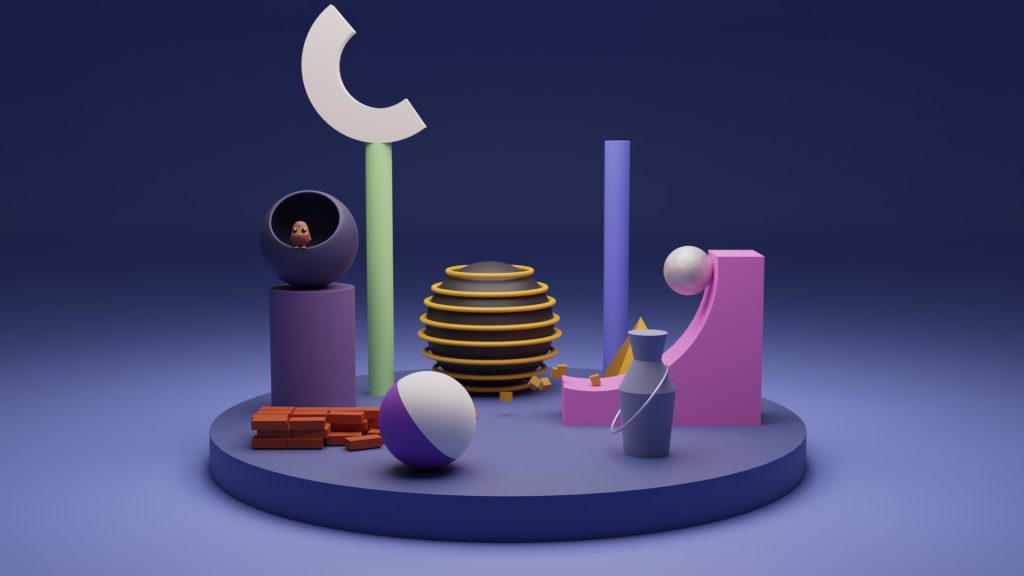
TLDR: Animation in product marketing catches the eye, enhances interest, and drives conversions to the next level. They ensure your product is unique throughout campaigns and provide ROI.
Explanation
Appeal and results are different things—and results are the things that count. Product animation comes in there. Not only is it engaging, but it is also one of the most efficient marketing tools. It has been demonstrated that animations can produce up to 90% leads, leading to a 91% increase in web traffic and 87% increase in sales conversion. These are not mere numbers; they are evidence that animation is putting the focus into action.
So why does it work so well? Easy. Communication can be easier, clearer, and more appealing with the help of animations. A one-fifteen-second product demonstration can inform you what would take a few minutes to explain in writing. That productivity keeps the shoppers amused and facilitates making a purchasing choice. Algorithms also give a priority to animated content on TikTok, Instagram, and YouTube, i.e., your products are seen by more people, more often.
The true strength of animation in product marketing is that it can be applied throughout the marketing funnel:
- Awareness: eye-catching animated ads stop the scroll.
- Consideration: CGI product walkarounds build trust and confidence.
- Decision: animated testimonials or feature explainers provide the final push.
Real-World Example—Dropbox’s 2D Animated Explainer
Dropbox used a simple 2D animated explainer video to make cloud storage—something confusing at the time—easy to understand. The video did not describe the technical features but presented how life is made easier through the use of Dropbox in the real world. The advertisement increased the number of conversions by 10% and generated approximately $48 million of additional revenue, all of this through making the product more desirable.
5. Nostalgia and Entertainment Strengthen Emotional Appeal
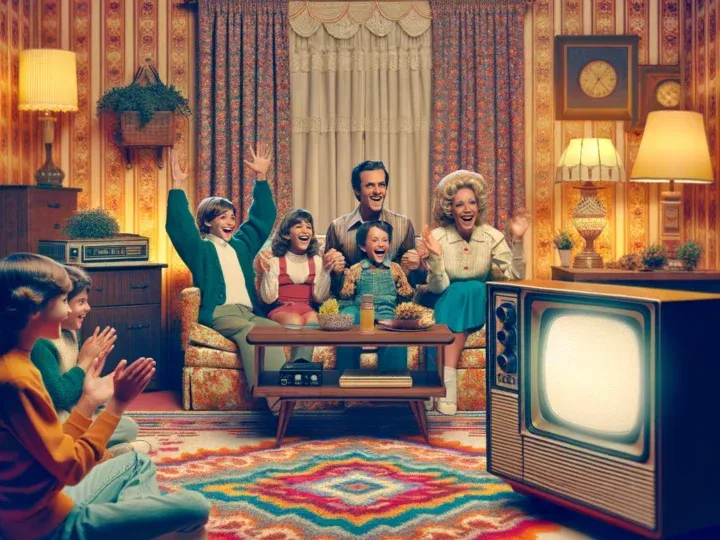
TLDR: Caprice, humorous animations arouse such feelings as nostalgia and happiness. These emotions cause the shoppers to relate to your product on a personal level.
Explanation
One of the most powerful emotions that a brand can use is nostalgia. Children can be reminded of childhood instantly by cartoon-style animations, characters who are playful, or retro-inspired motion graphics. They remind a shopper of the good old days- favorite shows, or even the excitement of opening presents. That emotional fire makes your brand feel closer, more human, and friendlier.
It has been determined by psychologists that nostalgia creates trust and comfort. When a person is confident in their emotions, they stand a higher chance of trying something new, and this is where animation can help. Brands can be far milder in the sale pitch, introducing more entertainment and recognizable images, and rather ask the customer to join them in a journey that is delightful and empathetic.
This emotive advantage is essential in the current busy online market. It is not that shoppers recall products; they recall the way a product impacted them. An ad in which the content of the rest of a feed is dominated by sterile product photography is unusual. It does not simply sell–it amuses, inspires, and lingers.
Real-World Example—Apple’s Cookie Monster Ad
Apple took one of the favorite childhood characters of the masses in an animated commercial to present the voice assistant of the iPhone. This sense of nostalgia caught the interest of people and made them pay attention to a feature that they could have missed. The advertisement did not only entertained, but also made the iPhone feel enjoyable, sociable, and more attractive.
6. Animation Saves Costs Compared to Live-Action Production
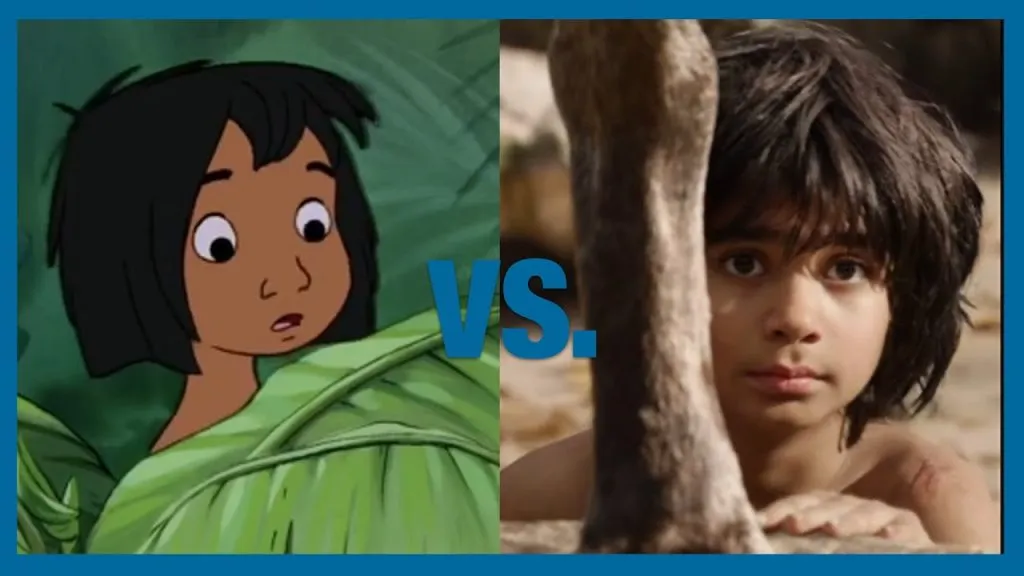
TLDR: As compared to live-action shoots, animations are faster, less costly, and simpler to update. You receive new and attractive product content without the high cost of production.
Explanation
To make a product good, it is not only about creativity that is important, but also the utilization of resources. That is where 2D and CGI animation perform well. They are stunning, adaptable images at a tenth the price of live-action shoots, and the brands can use the savings to create products that buyers cannot resist rather than wasting money on logistics.
Live-action production is costly—actors, sets, equipment, reshoots, and editing. Compared to it, animation can be cheaper, quicker, and much more flexible. The saved money can be directly used to put back into improving your product, making it look more attractive and backed up with a better message.
Here is a reason why: a live-action advertisement can cost you thousands of dollars, and unless you change the color of your product, add a feature, or change the packaging, you have to re-shoot the whole ad. With CGI, it’s different. Changing a color or updating a 3D model is cheap and quick—there is no need to shoot it again. It means that your product will never need to appear dated, irrelevant, or boring in various campaigns.
Real-World Example—Lyft’s Animated Marketing Campaign
Lyft also employed colorful and cute animated advertisements that include amusing personalities to demonstrate how simple and approachable their service is. They also did not film actual cars and drivers, but instead used animation to illustrate actual advantages, such as convenience and simplicity as well as provide the brand with a personality. The result? The advertisements were enjoyable and relaxed, and it made people more comfortable with the choice of Lyft, not to mention that they saved on the cost of production.
7. Animation Boosts Brand Consistency and Recognition
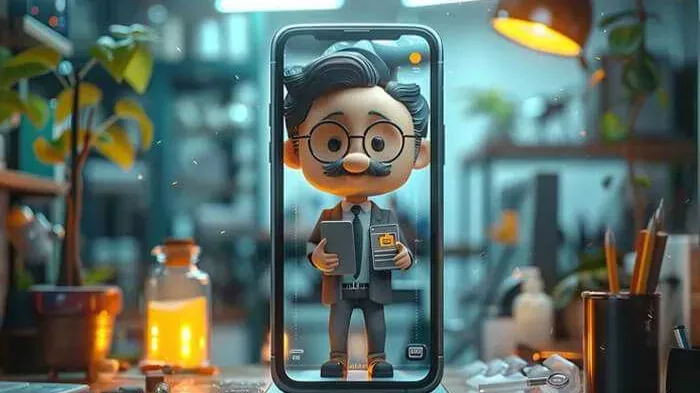
TLDR: Animated logos, mascots, and color schemes ensure your brand name remains high on the list of any platform, making shoppers appreciate and trust your product more quickly.
Explanation
A product is more appealing when it is immediately identifiable at first sight—and animation in product marketing can help brands create that consistency across all platforms. A business can develop a visual identity that the customers will recall through the application of animations on logos, mascots, and colors. This not only increases brand recognition but also makes the product look more realistic and attractive.
In contrast to set design, whereby no one tends to remember the background, animated elements leave a mark. A light logo, a waving mascot, and a motion picture package make an interactive and memorable experience. Research has revealed that people are far more likely to remember moving images than stationary images, and this directly gives the brand a higher chance of being remembered and makes the products more appealing when people revisit them.
In a place where customers are bombarded with choices, recognition gives your product an edge. Animated branding is such that your product does not attract attention just once, but it has become familiar, appealing, and memorable, and it also turns an incidental customer into a regular customer.
Real-World Example—Tetley Tea Ads
A true classic. Since the 1970s, Tetley has animated characters that have made the brand easy to identify for generations. Being consistent created trust and familiarity, and that familiarity created trust that people would choose Tetley more than other alternatives.
8. Animated Content Fits Every Marketing Channel
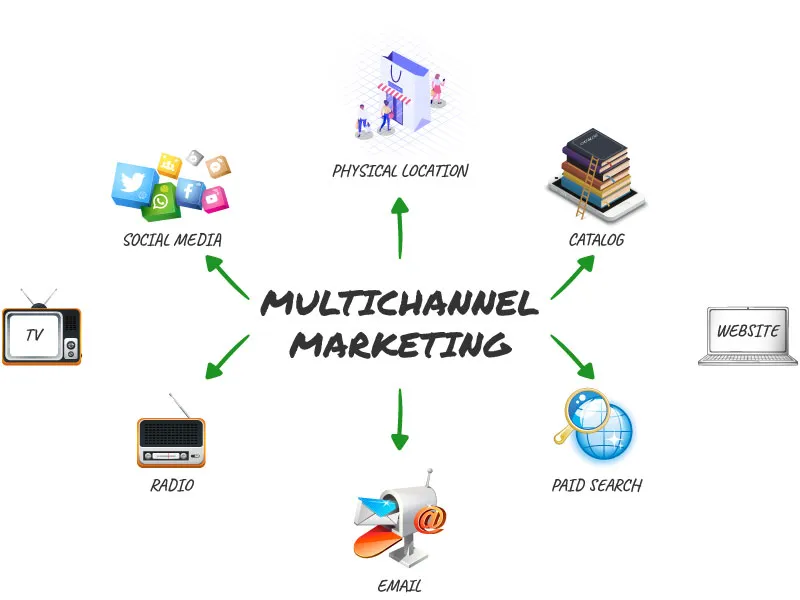
TLDR: Animations are suitable for any channel, be it ads, TikTok, or email GIFs. This ensures that your product marketing is uniform, up to date, and more attractive.
Explanation
A product really glistens only when it gets to customers, where they go. Animation can be adapted to any platform, so products are more attractive in all cases. And the statistics confirm it: animated pictures in email newsletters can increase CTR up to 26% and social media posts with movement always attract attention better than those without motion.
Animation is flexible, and this is its real beauty. One animation of the product can be shrunk down to fit Instagram Reels, cut into snacky advertisements, or displayed at trade shows. Customers can see the product wherever they go, and it appears consistent, attractive, and memorable without the expense or constraints of recapturing live video.
This kind of flexibility is essential, as the consumers of the modern world are exposed to products on innumerable touchpoints before they make a purchase. Animation transforms all those touchpoints into an effective branded experience- be it a person scrolling through TikTok feed, opening a promotional email, or clicking through the homepage of a company. With every exposure, the product will become more attractive as it remains new, relevant, and visually stimulating.
Real-World Example—Oreo’s Wonderfilled Commercial
Old but gold. An animated spot with a colorful presentation dramatized the euphoria of Oreo cookies and was reused in TV, social, and digital media. Such flexibility has kept Oreo products in the limelight of the audience all the time. Such a jovial way increased the presence of this brand and made it even more attractive.
9. Smartly Designed Animations Guide Users and Improve UX
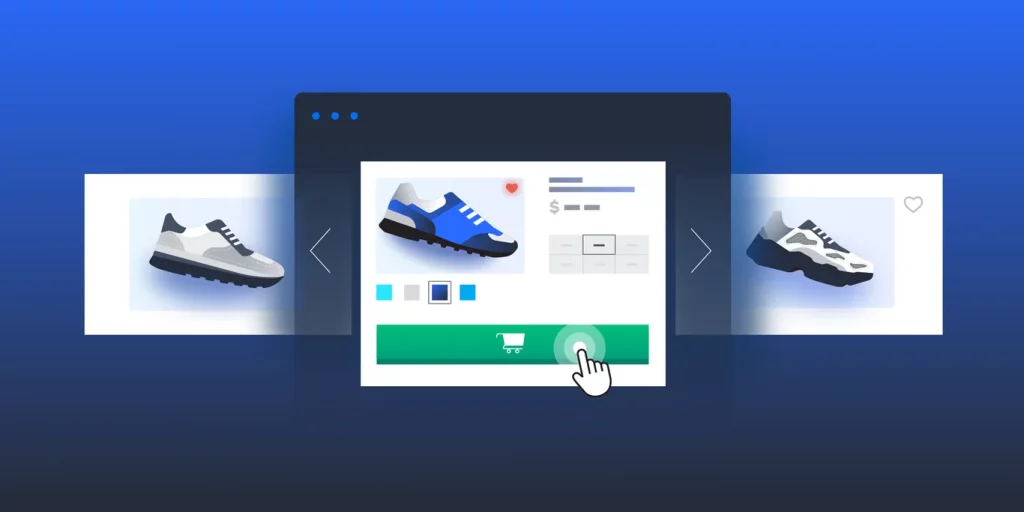
TLDR: Animations guide individuals on where to click, follow a progress, and streamline navigation. Your product will feel high-quality and reliable with a superior user experience.
Explanation
The attractiveness of a product does not only depend on appearances, but it also emanates through ease of use and the fun of using it. That is where cleverly crafted animations will come in. A slight movement can draw attention to a choice, animate progress bars, or give immediate feedback when a user does something. These little details make interactions natural, smooth, and fulfilling.
In an online store, there is a button that illuminates when you hover the cursor over it, or an image of a product that expands when you tap it. Those micro-animations do not merely assist customers to navigate, they minimize the confusion and maintain the attention focused on the product. A smooth interactive experience instills confidence, and the product and brand will look more modern and reliable.
Animations save mental effort—shoppers do not need to pause and solve the puzzles about where to click or what is going on. It is displayed in the design. And in 2026, when everyone expects fast and effortless digital experiences, it matters more than ever.
Real-World Example—Creature Comforts Heat Electric Commercial
These were amiable animated ads that passed the information clearly and warmly. The viewers interpreted the message and retained it. Explaining products in a simple, warm manner makes them appear easier to operate and more attractive—so customers will be more willing to try them.
10. Animation Makes Products Stick in Shoppers’ Minds
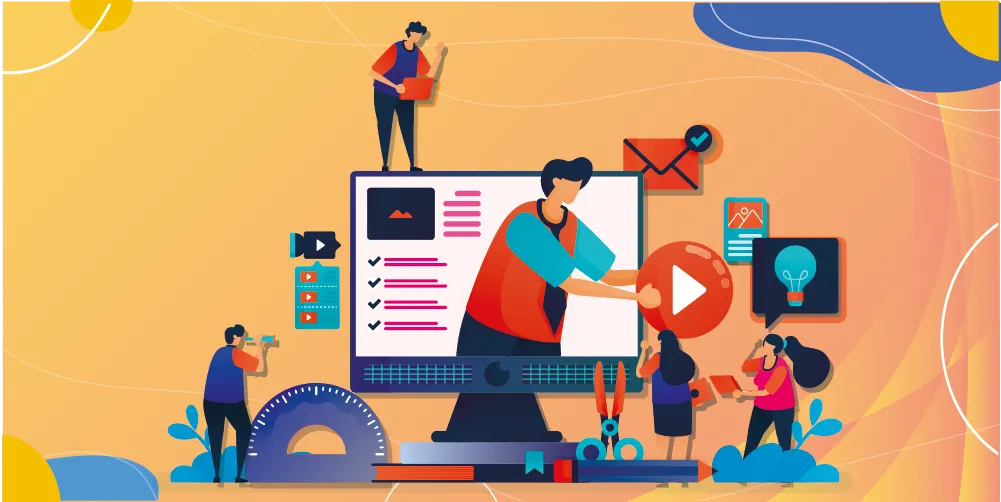
TLDR: Animated product videos are remembered more than simple text or images. Better recall equates to your product being in the front of mind during the time of purchase.
Explanation
Individuals are overwhelmed by advertisements daily, and most of them are forgotten a few minutes later. That is why it is as important to make your product memorable to make it visible. It is in this place where animated product videos come in, as they enable businesses to get more customers who are much more likely to remember your product as opposed to plain text or motionless images.
The key is in our brain functioning. Humans are inherently more inclined to remember pictures than words- and when those pictures are interactive, lively, and plot-led, they can appeal to several senses simultaneously. This increased involvement enhances the knowledge and the memory. A short product video can make it clear that a gadget works in just a few seconds, and an animated explainer can do the same in the same timeframe, showing its finest features. The result? Buyers are making quicker and easier decisions.
Nowadays, memory is power. The success of such platforms as TikTok, Instagram Reels, or YouTube Shorts lies in short, animated content, which will remain in the memory of users even after scrolling past. When customers have a clear recall of your product and would choose your product over other products, they will be more willing to come back, refer, and repurchase your brand.
Real-World Example—GE’s Wimbledon—In Pursuit of Greatness
Another way in which this advertisement relied on animation was to depict the history of Wimbledon humorously. It combined the ancient traditions and the new ones, and a long story became easy to remember and comprehend. The brand and products of GE were even more impressive because people remembered them.
Conclusion: What This Means for Your Brand
With all these examples, it will be apparent that by the year 2026, animation will not be a nice-to-have, but the distinction between things that people scroll over and things that people choose. The campaigns of that time demonstrated that animation was able to attract interest and be recalled.
And it is the same nowadays, with short animated marketing videos for business winning over stagnant advertisements on TikTok, Instagram, and YouTube. Whether it is trying on AR try-ons, sharing nostalgic tales, or CGI demos, the brands that are getting their products to come to life are the ones that are making their products feel alive.
When you are ready to make your products impossible to leave behind, Swift Animation is there to create images that not only explain, but also convince, amuse, and sell.


